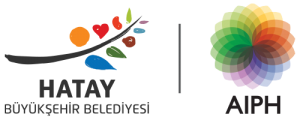We’re all aware of the threats to the future of agriculture. The most widely known of these threats are agricultural areas that are becoming increasingly arid, insufficiency of water resources in developing countries, settlement policies in agricultural areas, establishment of industrial facilities in agricultural areas, use of wrong fertilizers and pesticides, and global warming. Another thing we know is that the threats to agricultural areas are directly related to the demand for food. Naturally, we should bear in mind the population growth around the world, which is another important factor.
Soilless Agriculture is one of the agricultural technologies developed to meet the increasing food demand for all these and similar reasons. Soilless Agriculture, which contains multiple methods in itself, provides 4-5 times more yield compared to conventional farming methods. For example, with Moving Water Culture, which is one of these methods, it’s possible to get 80 thousand tons of product from one donum (about 1 decare). Besides; without the need for processes such as fertilization in rows, spraying, excessive irrigation. By this method, also primarily common vegetables, all sensitive medicinal plants, and tuber-free greens can be grown with a minimal level of disease. In other words; by the Soilless Agriculture method, food is grown more hygienically, healthy and delicious.
Although Turkey has just started to become familiar with Soilless Agriculture practices, it has a serious potential in this regard. Turkey’s climate characteristics, land structure, water resources and especially geothermal water resources offer great opportunities for Soilless Agriculture.



